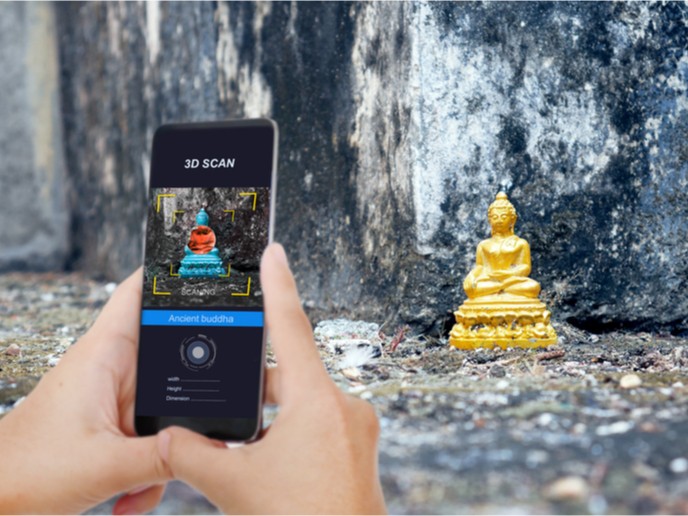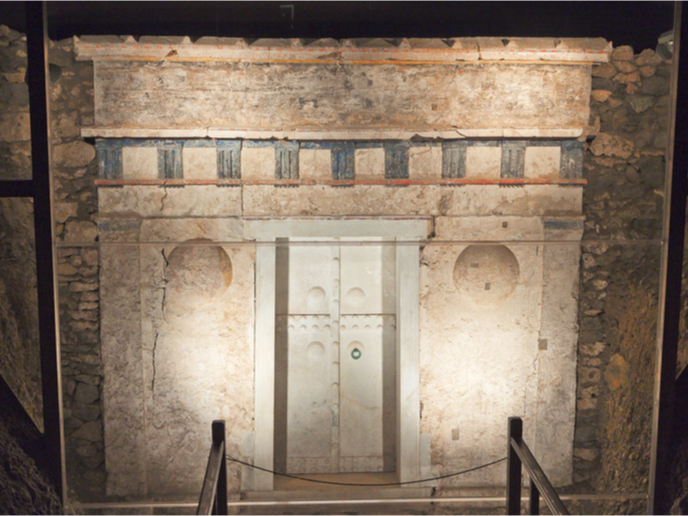Improved quality of musical recordings
Musical instruments have very complex sound radiation patterns. The directional attributes, of a trumpet for example, vary according to the notes played, the loudness with which they are played and even the individual player. The DOREMI project precisely measured the sound radiation of a number of different musical instruments, including trumpet, clarinet and French horn. Based on the results of these measurements the project designed a new method for simulating the spatial sound characteristics as they change through time. The technique uses multiple-channel recordings and virtual sources. The representation of the directional characteristics of musical instruments has shown to be significant in the simulation of the acoustic conditions of a room. Listening tests designed and conducted by the DOREMI project show that changes in musical instruments’ directional representation can affect the perceived sound in a room, such as loudness and echoing. This new technique can be used to improve the quality of sound in musical recordings. It allows the use of non-anechoic recordings as the source for the simulation of acoustic response in different rooms, where source recordings cannot be made in an anechoic room. In addition, the system can be used to improve the sound of musical instruments in commercial recordings or in any other application involving the recording of sounds. Further, multi-channel recordings could be used to create a stereo recording mix. The recording method can be used for purposes of virtual reality systems, multi-channel audio reproduction systems, recordings of musical ensembles, moving sound sources and computer-generated music. Taking the results of the DOREMI project as a basis, it is possible to develop new products for use by acoustic engineers, research laboratories, educational, artistic and governmental institutions and architects.







